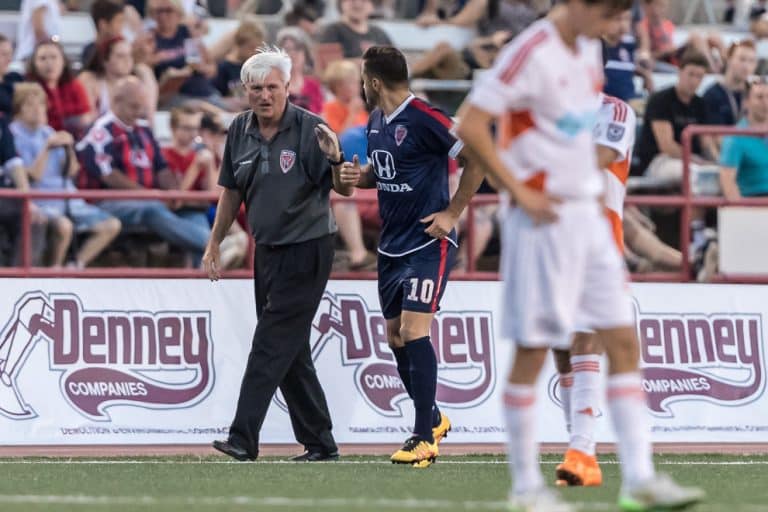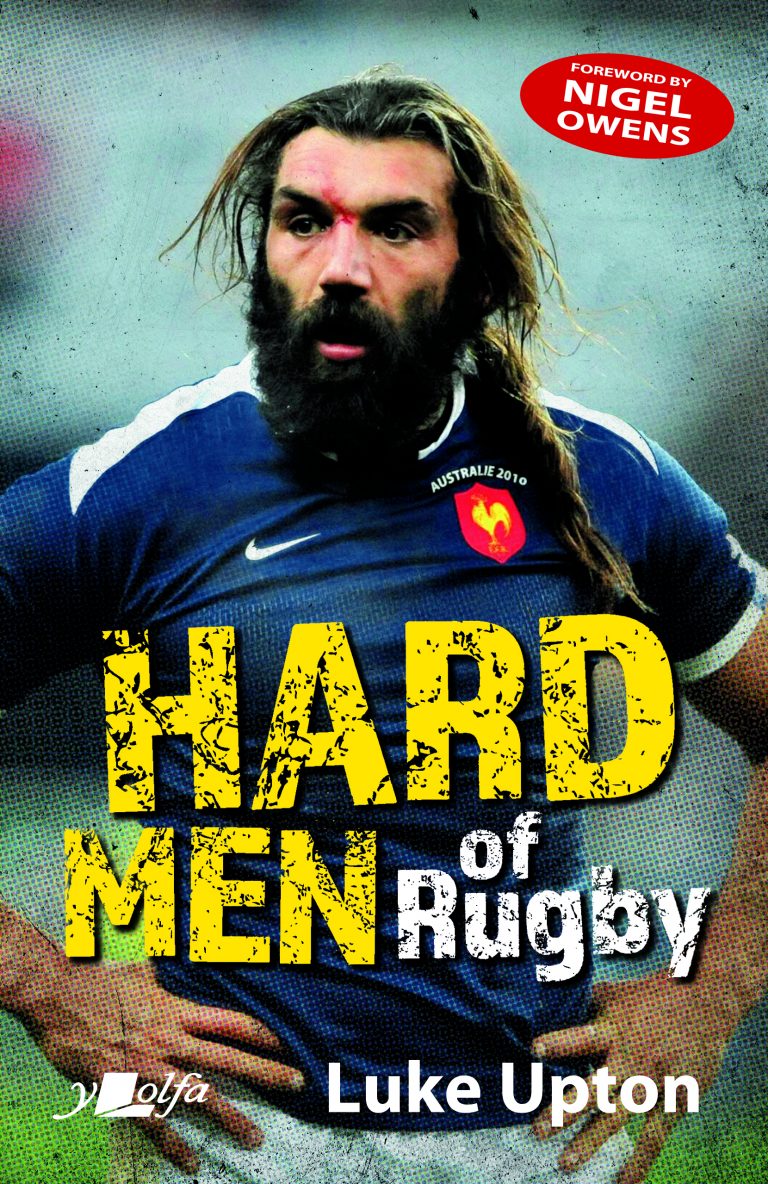Politics have had an immense impact on the beautiful game, both good and bad. Yes, the game has been known to stop civil wars (i.e. Nigeria and the Ivory Coast) or even start a war in the first place (i.e. “The Football War” between Honduras and El Salvador). The recent FIFA scandal shows how dirty politics have stained our beautiful game. In the case of Ireland, politics splintered a football association and a great footballing country.

You can’t argue the fact that soccer has a great history in Ireland, a land that has played the game since the 1800s. Belfast’s Cliftonville FC is one of Europe’s oldest clubs, having been founded in 1879. The Irish Football Association (IFA) was founded just a short year later. The Ireland national team made its debut in 1882. But no date is more important or more significant than the formation of the Football Association of Ireland (FAI) in 1921.
So what caused the split? What effect has it had on the game in Ireland? What would the future look like with just one national team? Is reunion even possible? Those are all questions addressed in a new title from the Cork University Press.
Cormac Moore’s The Irish Soccer Split is the definitive historical account of the beautiful game in Ireland and Northern Ireland. It literally has no equal when it comes to the Irish game. It is well-written in every regard and the author clearly knows his stuff.
Moore was at his best in the conclusion where he talked about how the split was “neither inevitable nor unnecessary,” showing how there is always a glimmer hope for compromise or even a settlement.
But it’s always entertaining to come up with “what if” scenarios when you look at history and in our case, the game of soccer. One of the most intriguing has to be the case of a unified national team that would encompass the Republic of Ireland and Northern Ireland. Today that combination would be quite the formidable foe with the likes of John O’ Shea, Robbie Keane, Shay Given, Kyle Lafferty, and Aaron Hughes playing on the same “All-Ireland” squad.
Who might manage this great side? Both sides have a history of big-name coaches thanks to the likes of Jack Charlton, Mick McCarthy, Giovanni Trapattoni, Martin O’Neill, and Billy Bingham.
Who knows what history might have been changed in the World Cup thanks to a combined Irish national team. Would they have brought home hardware in 1958, 1982, or even 1990?
Historically that “All-Ireland” team could have been even better with George Best, Pat Jennings, David Healy, Kevin Kilbane, and Niall Quinn all legendary players that have played for the Republic of Ireland or Northern Ireland.
Will a compromise ever happen? Is a reunion possible? Read The Irish Soccer Split to see which is more likely: history repeating itself with further division or a great compromise, almost 100 years in the making, coming to fruition.






